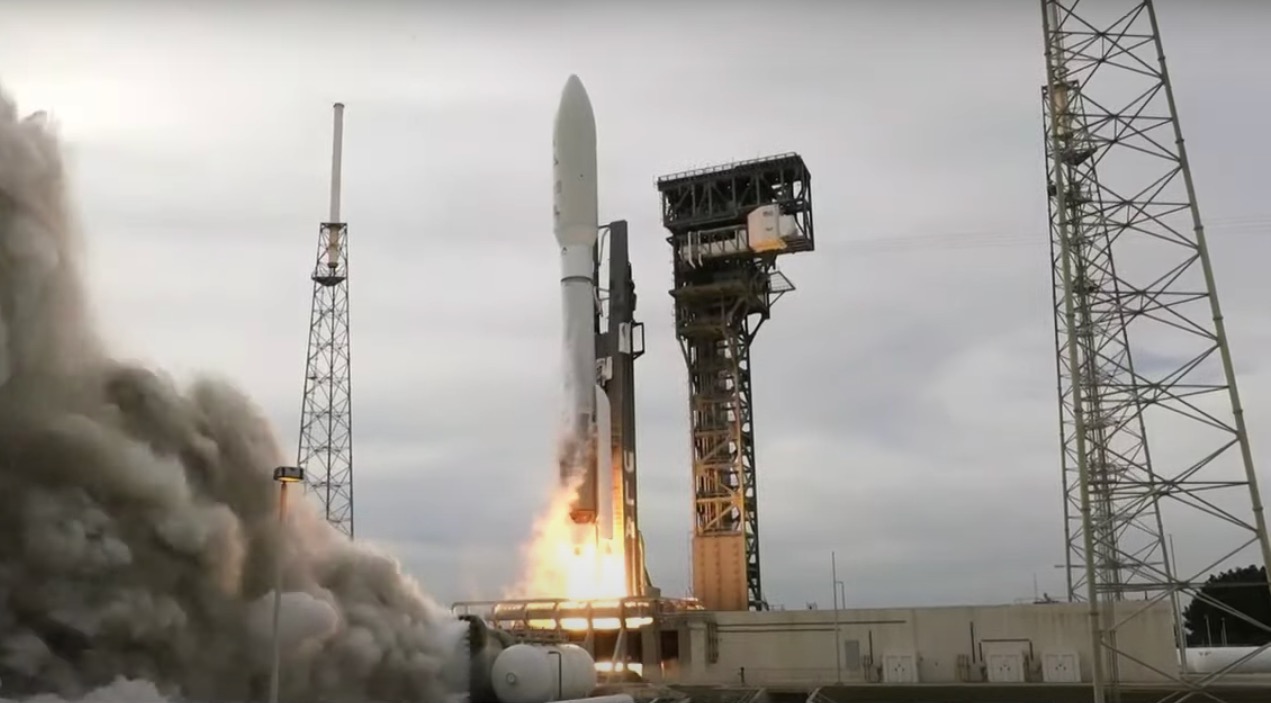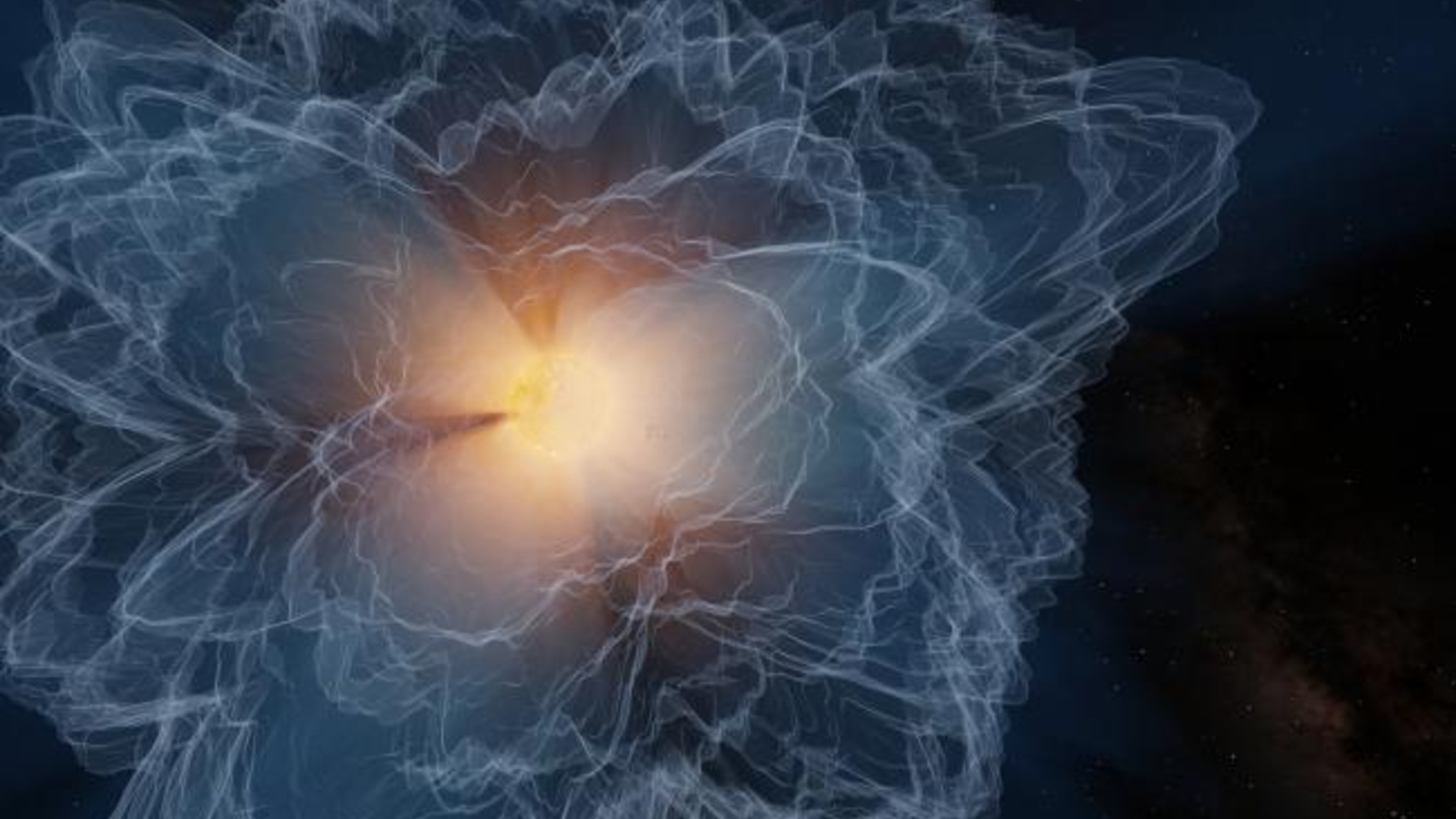US launch providers eyeing Russia-Ukraine situation
Rockets built by ULA and Northrop Grumman both use Russian-made engines.
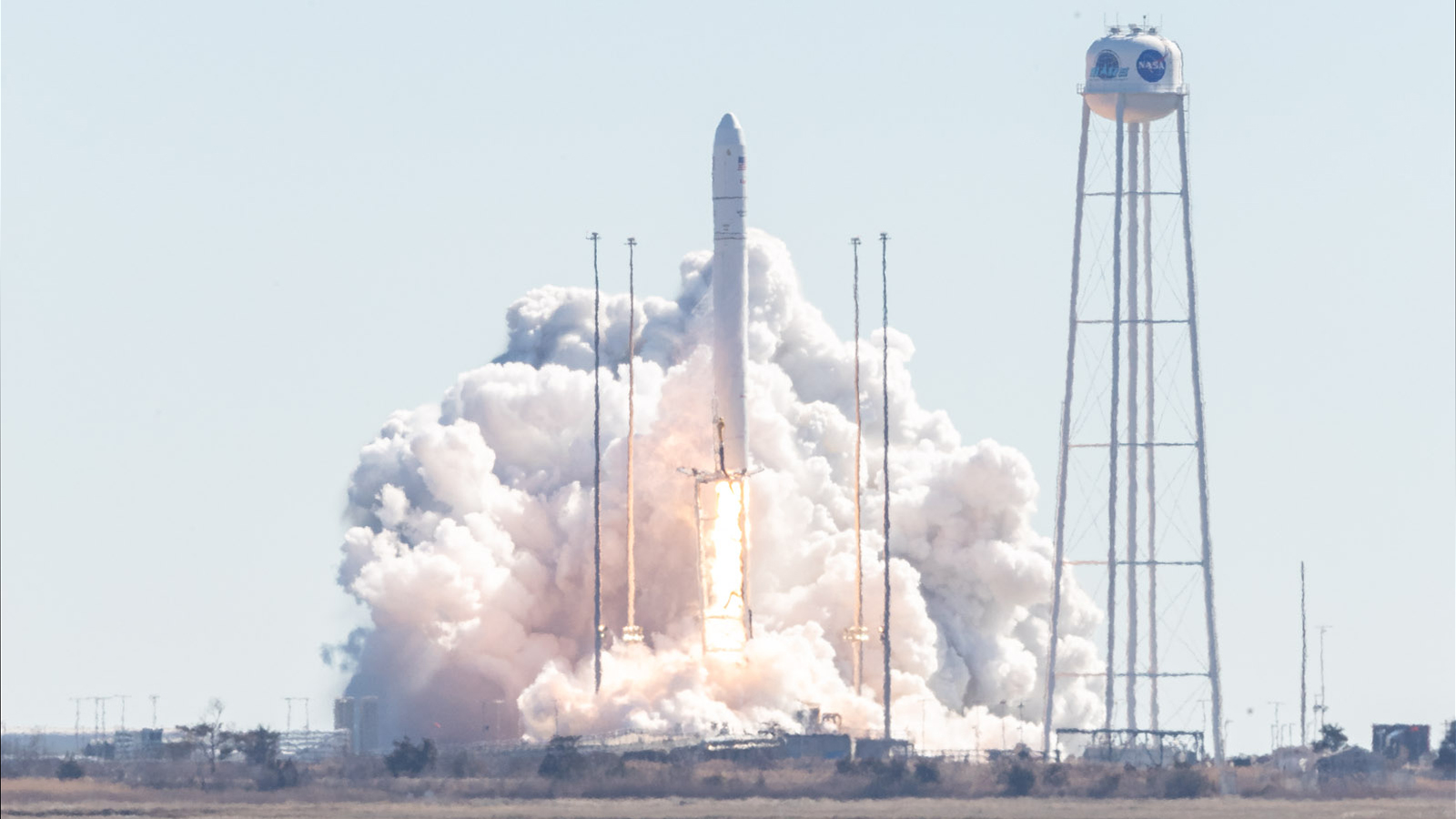
A Russian invasion of Ukraine could have ripple effects across the space economy and community.
In recent weeks, Russia has amassed at least 100,000 troops along the border of Ukraine, to the condemnation of the United States and other members of the North Atlantic Treaty Organization.
On Tuesday (Feb. 21), after reports that Russia was moving into Ukraine, U.S. President Joe Biden described the action as "the beginning of a Russian invasion of Ukraine," and took action to authorize new economic sanctions and send U.S. troops to the Baltics to protect against potential incursions there, according to Vice.
The situation is sensitive and complicated in the space world, given that Russia is a key partner in the International Space Station (effects there have not yet been seen) and also supplies key rocket parts for two high-profile U.S. launch companies.
Related: Military activity in Russia spotted in satellite photos as tensions rise in Ukraine



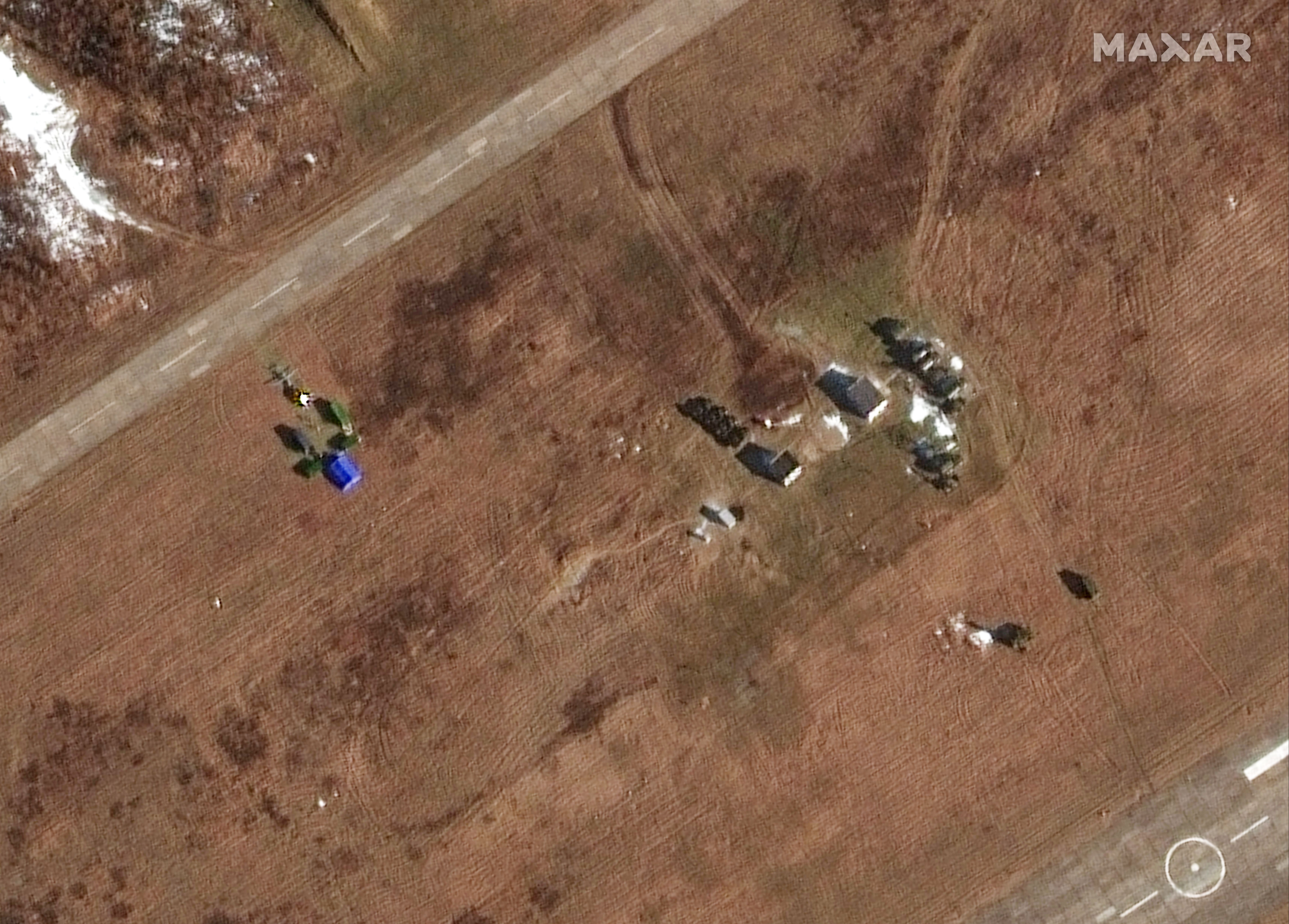







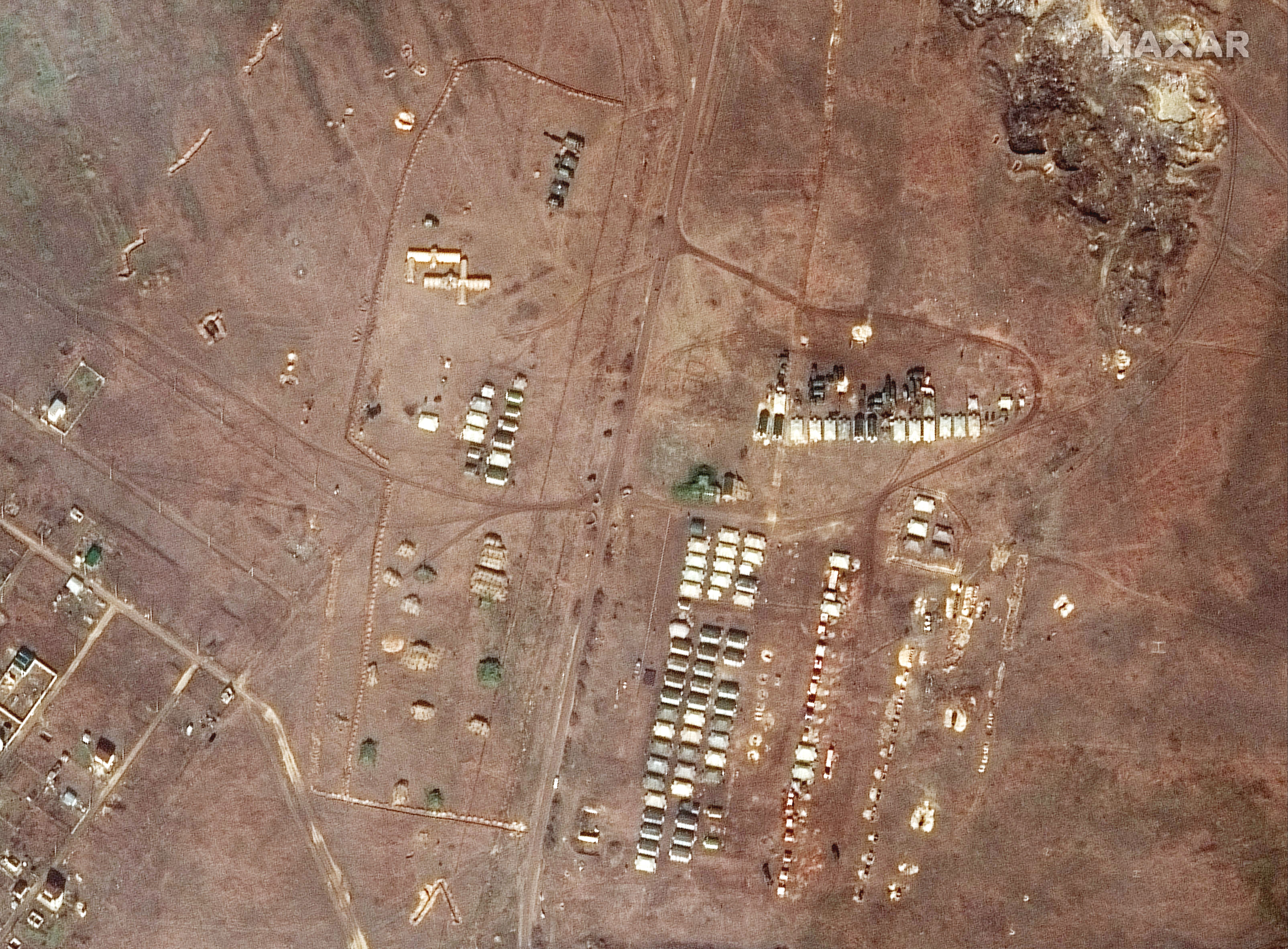

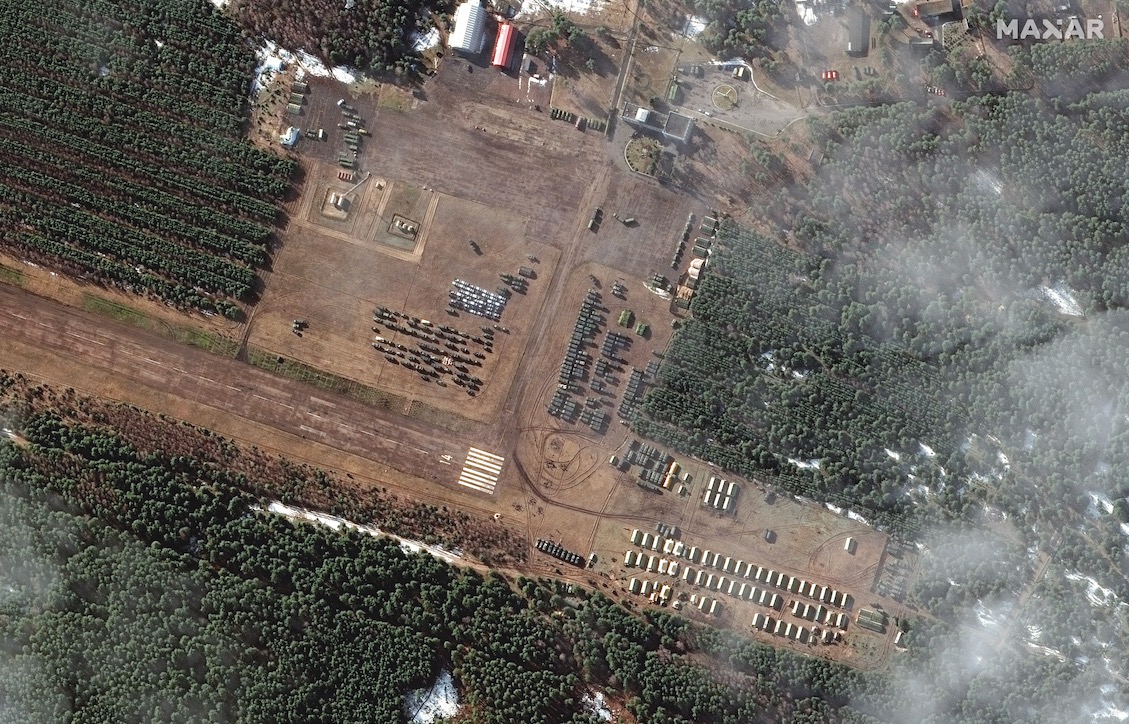

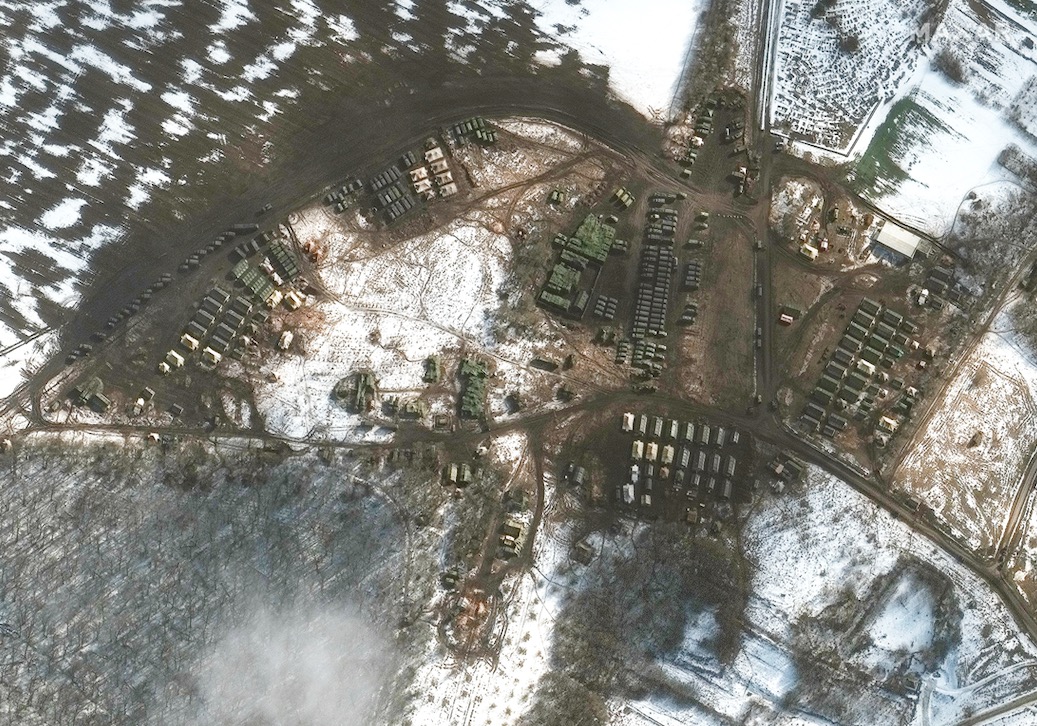

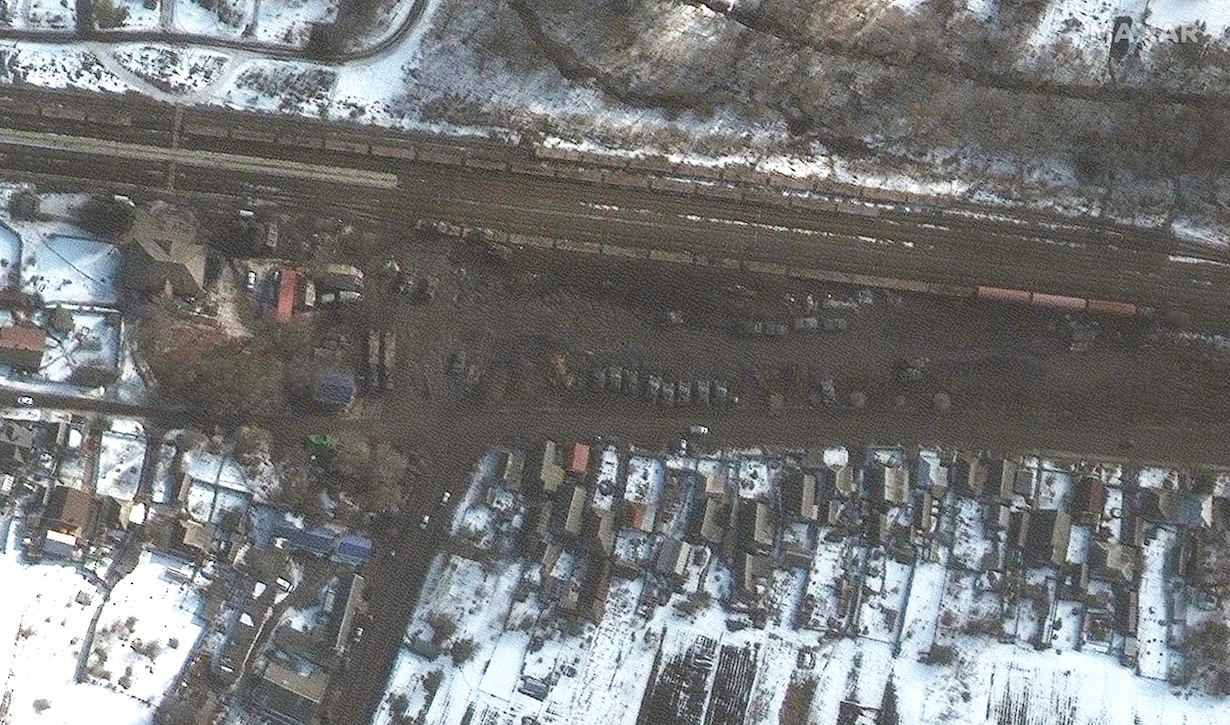
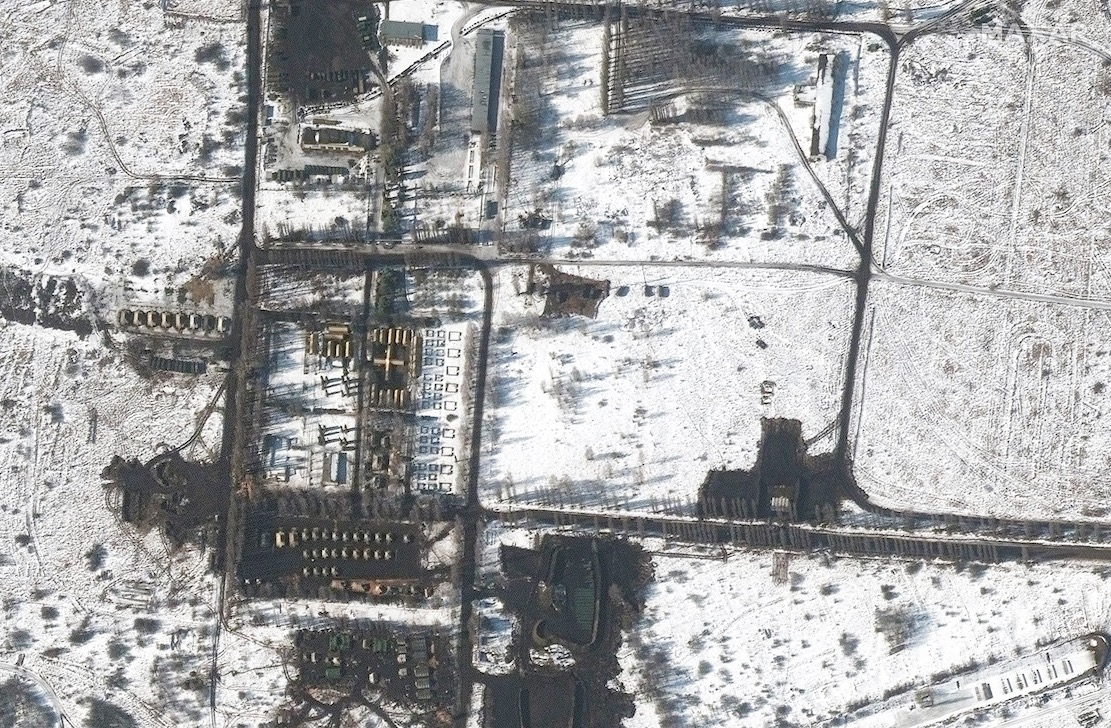
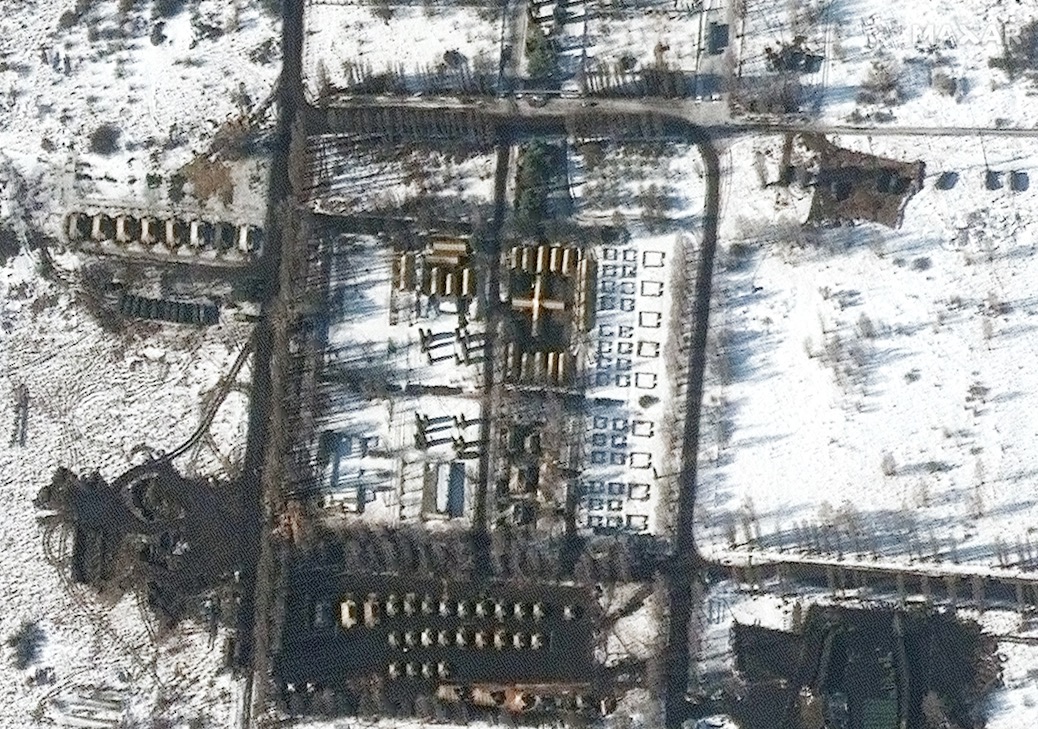




Northrop Grumman's Antares rocket is best known for launching Cygnus robotic resupply missions to the space station, including one that flew to orbit successfully on Saturday (Feb. 19). Antares features a Ukrainian-built first stage powered by two Russian-made RD-181 engines.
"We're obviously monitoring the situation," Kurt Eberly, director of space launch for Northrop Grumman, said during a livestreamed press conference last Friday (Feb. 18). "Hopefully it can be resolved ... [but] the best mitigation we can have is to be buying ahead."
Breaking space news, the latest updates on rocket launches, skywatching events and more!
Eberly added that all of the hardware the company needs for two forthcoming Cygnus missions is on hand at the launch site, NASA's Wallops Flight Facility in Virginia. Dates for the next two launches have not yet been released, but he said the hope is that the supplies will "tide us over until until these tensions can subside, and we can be back to normal operating procedure."
The ISS won't be left high and dry if the flow of RD-181s stops, however. NASA plans two more agency-funded cargo resupply runs in the spring, officials stated during the same press conference, and has a choice as well of using SpaceX Dragon capsules, which regularly deliver cargo to the station already. NASA has not published dates for the expected missions on its forthcoming launches calendar.
Less certain is the situation with Russia's robotic Progress cargo spacecraft, which is largely meant to resupply the Russian side of the station. Progress also regularly reboosts the ISS, to keep it from losing altitude in low Earth orbit; Cygnus is going to do an operational reboost for the first time sometime during its current mission, perhaps to demonstrate a backup capability.
Also potentially affected by supply disruptions would be ULA, which uses Russian-made RD-180 engines for its workhorse Atlas V rocket that sends numerous missions to space every year.
Notable Atlas V launches coming soon include the GOES-T Earth observation mission, which is scheduled for no earlier than March 1, and the Orbital Flight Test-2 (OFT-2) of Boeing's CST-100 Starliner capsule, which is targeted for late May.
OFT-2 will send Starliner on an uncrewed test run to the ISS, to show that it's ready to carry astronauts for NASA. As the name implies, OFT-2 will be Boeing's second try at this mission, following a flawed test that took place in December 2019. Technical, logistical and schedule problems have pushed OFT-2's target liftoff date back on multiple occasions.
But ULA does not anticipate any supply-chain issues related to the Russia-Ukraine situation, for it already has all the RD-180s that it needs.
"ULA has taken delivery of the last projected RD-180 engines, and they are safely stored in our factory in Decatur, Alabama," Jessica Rye, director of external communications at ULA, told Space.com via email. "We are managing the flyout of the RD-180 engines as we transition to our new Vulcan launch vehicle."
Follow Elizabeth Howell on Twitter @howellspace. Follow us on Twitter @Spacedotcom or Facebook.

Elizabeth Howell (she/her), Ph.D., was a staff writer in the spaceflight channel between 2022 and 2024 specializing in Canadian space news. She was contributing writer for Space.com for 10 years from 2012 to 2024. Elizabeth's reporting includes multiple exclusives with the White House, leading world coverage about a lost-and-found space tomato on the International Space Station, witnessing five human spaceflight launches on two continents, flying parabolic, working inside a spacesuit, and participating in a simulated Mars mission. Her latest book, "Why Am I Taller?" (ECW Press, 2022) is co-written with astronaut Dave Williams.
